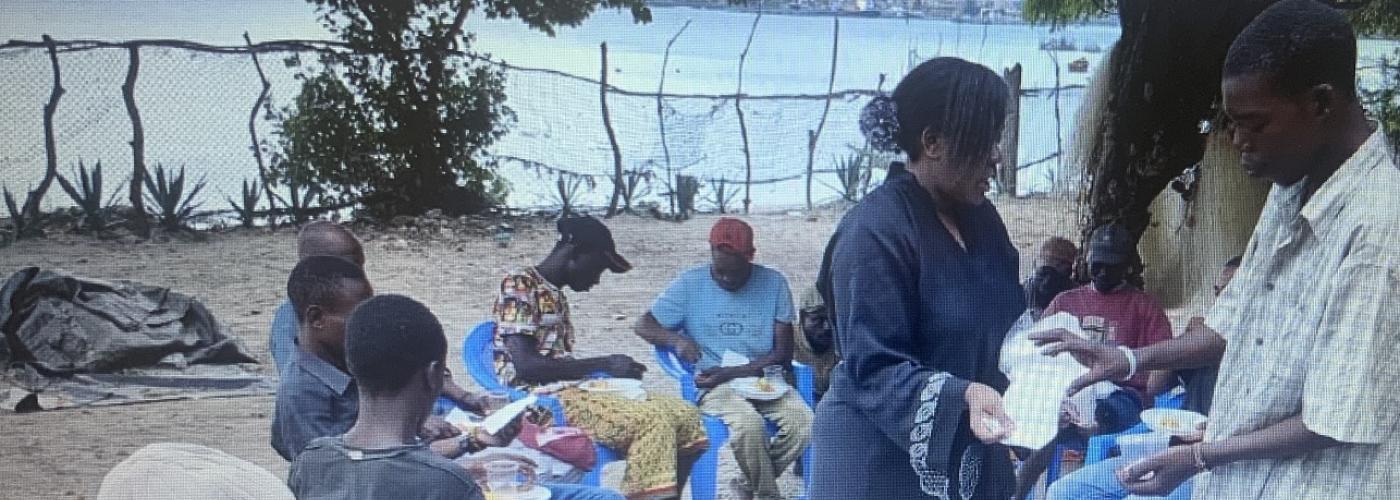Kenya Social Return on Investment Study: SROI Evaluation of Conflict Prevention, Peace, and Economic Opportunities for the Youth
Image

The Social Return On Investment model is a framework for measuring and accounting for the value of an intervention, organization or policy. It measures changes that are relevant to the people that contribute to and experience them by capturing the value of social, economic, and environmental outcomes, and uses monetary values to represent these outcomes. Findings suggest a strong positive impact of the program.
Results of the cost-based approach to valuation using literature, which is traditionally how economic analyses are done found an SROI of $1: $1.75 meaning that for every $1 invested in the program, it generated $1.75 in social value (with a sensitivity analysis range from $0.35 to $2.62).
Results of the stakeholders-stated preference valuation, which allowed for a fuller picture of the outcomes including that which is most valuable to stakeholders experiencing the program found an SROI of $1: $6.48-$10.60, meaning for every $1 invested in the program, it generated between $6.48 and $10.60 in social value.
Three specific recommendations were identified for this program to increase value in the future. They are:
- Programming should be designed in consultation with key stakeholders. For example, some youth expressed that they experienced jealousy and retaliation from family and community members as a result of participating in this project. Addressing this potential harm during the design phase of future programming can minimize the risk of this happening again and enable increased value for various key stakeholders.
- Adapt programming to address all sub-groups of key stakeholders. For example, some youth participants were able to receive funding to start their income generating activities and some did not. This created a differential experience for these youth, and while it was not possible to collect all outcomes for these sub-groups due to research constraints, it became clear that the social value created for these different sub-groups was also different. Creating plans to address potential differential experiences at the program design phase can increase social value creation in the future.
- Focus on extending the duration of desired outcomes. While many outcomes created positive value for stakeholders, these outcomes sometimes only lasted a year or less than a year. As such, programming should be adapted to focus on extending the duration of desired outcomes.

